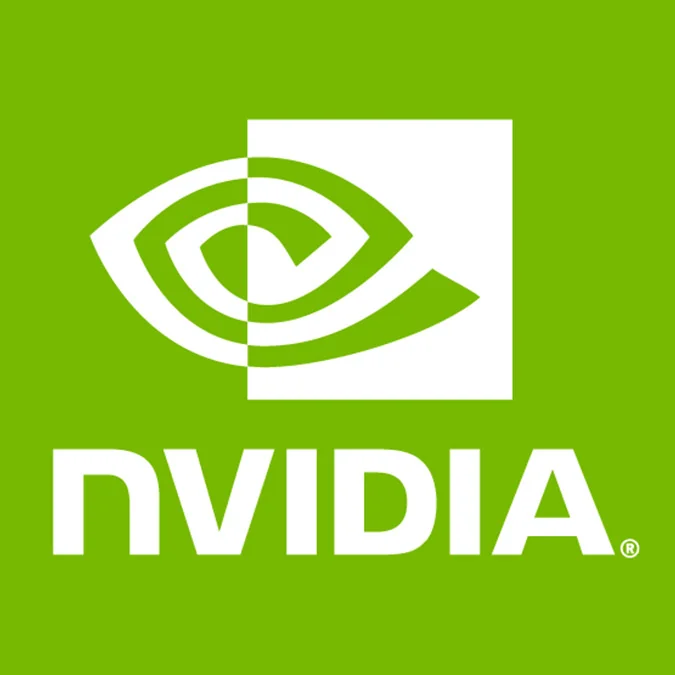NVIDIA Loses Huge GPU Order Due To Linux Blob

It's been a very interesting week in the binary Linux graphics world with Linus Torvalds calling NVIDIA the worst company ever along with making colorful comments about the green company, NVIDIA's bullshit response, and then on the opposite side of the table was XBMC developers publicly pointing out the problems with AMD Catalyst. Ending out Friday, assuming nothing else interesting takes place this weekend in the duopoly Linux graphics card battle, is word of NVIDIA losing a huge order due to their binary blob.
The Chinese, who also developed the Loongson MIPS CPU, were looking to order at least ten million graphics processors. The problem is that the GeForce / Quadro driver from NVIDIA is only available for Linux x86 and x86_64 architectures, not MIPS or even ARM (only the Tegra driver is for ARMv7). NVIDIA refused to release the source-code to their high-performance feature-complete cross-platform driver to the Chinese, and it would cost them millions of dollars to port the code-base, so they went to AMD for their GPU order.
The order was at least for ten million GPUs, which given the current low-end parts, would value the order at least 250 to 350 million dollars (USD). However, I've heard from a separate source that it was closer to the half billion dollar mark. This money will now be handed over to AMD since they have the officially-based open-source driver for their products.
Now let's hope upper-management at AMD will see the new opportunities presented by Linux and open-source so that they can ramp up their efforts... i.e. there's still really not any usable Radeon HD 7000 series support, documentation isn't complete, there's only OpenGL 3.0 compliance (no OpenGL 3.1/3.2/3.3/4.0/4.1/4.2 compliance in Mesa), there's missing features like CrossFire and advanced AA modes, OpenCL is still a work in progress, power management isn't as good as their proprietary driver, and the performance is still a ways off from hitting the Catalyst driver.
Additional details on the big loss for NVIDIA and big win for AMD in this forum thread.
114 Comments

